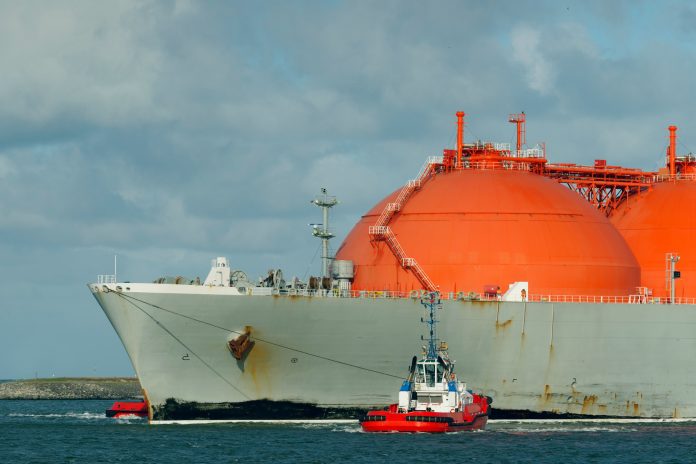The U.S. liquefied natural gas (LNG) export landscape continues to evolve, with the country maintaining its position as the world’s largest LNG exporter. Recent data reveals that U.S. LNG exports reached an impressive 11.9 billion cubic feet per day (Bcf/d) in 2024, marking stability amid a shifting global marketplace.
For small business owners, particularly those operating in or relying on industries that interact with energy resources, this information is critical. Understanding the dynamics of LNG exports can inform strategic decisions, from sourcing energy to exploring international markets and pricing strategies.
Despite the strong export numbers, U.S. LNG exports remained flat compared to 2023, primarily due to operational challenges at existing export facilities as well as a reduction in natural gas demand across Europe. Notably, unplanned outages at export terminals contributed to this decrease in growth, alongside a significant drop in consumption driven by milder winter conditions and high storage levels.
“Europe remained the primary destination for U.S. LNG exports, accounting for 53% of total exports in 2024, but the share of U.S. LNG exports to Asia increased,” indicated Victoria Zaretskaya, a principal contributor to the Energy Information Administration (EIA) report.
The shift towards Asia is particularly noteworthy, with exports increasing from 26% to 33%, amounting to 4.0 Bcf/d in 2024. This change signifies an opportunity for small businesses in the energy sector to explore partnerships and investments in Asian markets, expanding their reach in a rapidly developing area.
While European demand did see a decline, which accounted for a 19% drop in U.S. exports, there were notable increases in countries such as Türkiye and Greece. Türkiye, in particular, ramped up imports to offset shortfalls from countries like Egypt and Russia. For small businesses that engage in energy trading or supply chain logistics, this could signal the need to adjust strategies or explore new avenues in these emerging markets.
Moreover, with the expansion of LNG import facilities in the EU and the UK—growing by over 40% between 2021 and 2024—business owners should pay attention to how these developments might create further demand for U.S. exports, enhancing business opportunities in the natural gas industry.
As small businesses evaluate their energy procurement strategies, understanding these trends can prove beneficial. Higher U.S. LNG exports may impact domestic natural gas prices, thereby influencing operational costs. Businesses reliant on significant energy consumption should carefully watch the market fluctuations, adapting their cost structures and supply agreements as necessary.
Furthermore, the recent growth in Brazilian and Colombian imports of U.S. LNG presents opportunities for businesses that provide infrastructure or logistics support in those regions. Brazil’s increasing demand comes at a time when hydropower production has been hampered by drought, necessitating a shift to natural gas power generation. This could inspire small energy firms to develop innovative solutions or partnerships to address these gaps in supply.
However, challenges remain. As reported, Germany has reduced its regasification capacity, citing operational cost issues. Such developments could signal volatility in the European LNG landscape that small businesses should be prepared to navigate.
As energy markets continue to fluctuate, maintaining a flexible approach will be crucial. Small business owners should consider staying informed on global LNG movements, potential supply disruptions, and regional market demands. This knowledge can enable them to pivot quickly and take advantage of new opportunities as they arise.
In summary, the U.S. liquefied natural gas market remains robust, with significant global dynamics affecting supply and demand. For small businesses, understanding these trends can provide a competitive advantage in a rapidly evolving energy landscape. Keeping an eye on developments, particularly in Asia and increasing import capacity in Europe, may prove essential for future strategic planning and growth.
For further details, visit the original report from the EIA here.
Image Via Envato: ImageSourceCur



